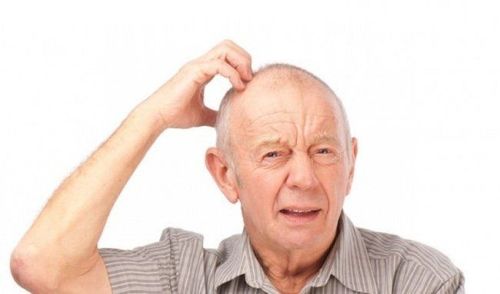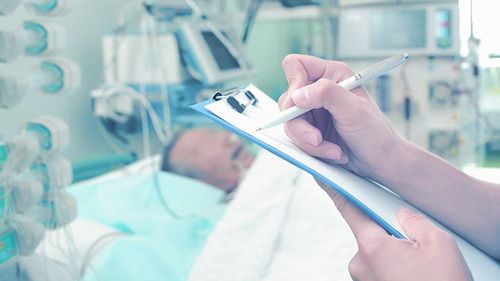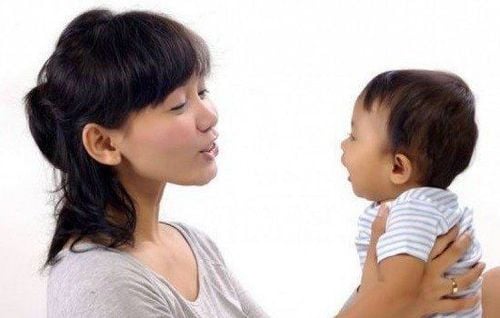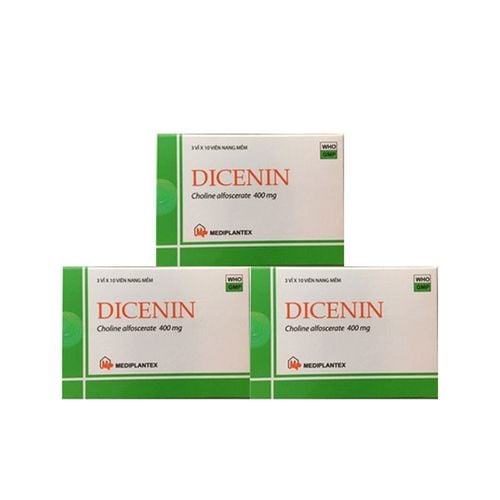This is an automatically translated article.
The article was written by Doctor Le Thu Huong - Rehabilitation Doctor, High-Tech Unit for Treatment of Cerebral Palsy and Autism - Vinmec Times City International Hospital.Traumatic brain injury occurs due to sudden head trauma to the brain, leading to brain dysfunction. Rehabilitation methods are often performed very early in the emergency resuscitation units to avoid sequelae and secondary injuries, thereby shortening the later treatment time.
1. Signs of traumatic brain injury
Consciousness disturbances Motor paralysis Muscle rigidity Cognitive disorders Mental disorders Sensory disturbances, including sensations of touch, sight, hearing, taste Swallowing and language disorders Gastrointestinal disorders Then, if the patient is not well taken care of, it can lead to secondary injuries, for example:
Muscle atrophy Stiffness Osteoporosis Pressure ulcers Pneumonia Venous thrombosis Depression
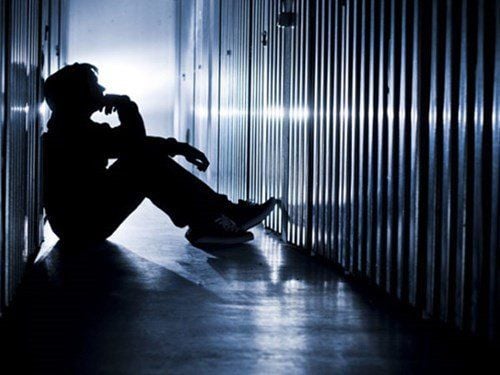
Chấn thương sọ não có thể khiến bệnh nhân bị trầm cảm
2. Rehabilitation for patients with traumatic brain injury
2.1 Importance of rehabilitation for patients with traumatic brain injury Not all patients with traumatic brain injury (TBI) need rehabilitation. With mild cases of TBI, after a period of rest and good pain control, the patient can fully recover without leaving any sequelae. This number of patients accounts for a very small percentage, the rest need to participate in rehabilitation to improve motor function, cognition, language and other disorders with the goal to bring the patient back to a normal life. independence as much as possible.
Rehabilitation methods are often performed very early in the emergency resuscitation units to avoid sequelae and secondary injuries, thereby shortening the later treatment time.
The methods of rehabilitation applied are not the same in each patient but must depend on the disorder and the degree of neurological dysfunction in each person.
3. Methods of rehabilitation for patients with traumatic brain injury
3.1 Mobility therapy is a method of using exercises to improve the patient's motor function, including joint and muscle function, mobility, and mobility. At the same time, exercise therapy also helps patients to avoid unfortunate sequelae caused by movement restriction such as muscle atrophy, joint stiffness, osteoporosis, embolism, pneumonia.

Vận động trị liệu tăng chức năng dịch chuyển của người bệnh
Depending on the patient's level of mobility and coordination ability, the patient is scheduled to be treated with different range of motion exercises:
Range-of-motion range-of-motion exercises Weight-bearing exercises Weightlifting exercises by Exercises to move in a lying position, from lying to sitting, from sitting to standing, moving to a wheelchair, moving in the toilet... Mobility exercises: standing exercises, walking, gait exercises, learn to walk with assistive devices such as leg braces, canes, crutches, walkers...
3.2 Therapeutic activities Therapeutic activities often focus on improving the patient's cognitive ability, hand function, and daily activities
Cognitive exercise: aimed at improving perception knowledge including spatial awareness, time, logical thinking ability, language, increased concentration and memory Improve hand function through neck, hand, finger motor exercises, practice grasping, and delicate movements of each level Improve daily living function by adaptive exercises such as dressing, personal hygiene, eating... 3.3 Language Speech therapy Patients with traumatic brain injury who have swallowing disorders or speech and language disorders, aphasia will be treated in speech therapy units to improve chewing, swallowing and communication skills:
Treatment of swallowing disorders: mandibular, oral, lip, tongue motor exercises, sensory stimulation exercises, electrical impulse stimulation and bio-feedback, learning to eat with food, etc. Adaptive devices such as drinking cups, thickeners... Treatment of patients with aphasia: oral motor exercises, pronunciation exercises, improving memory, concentration, and identification. ..
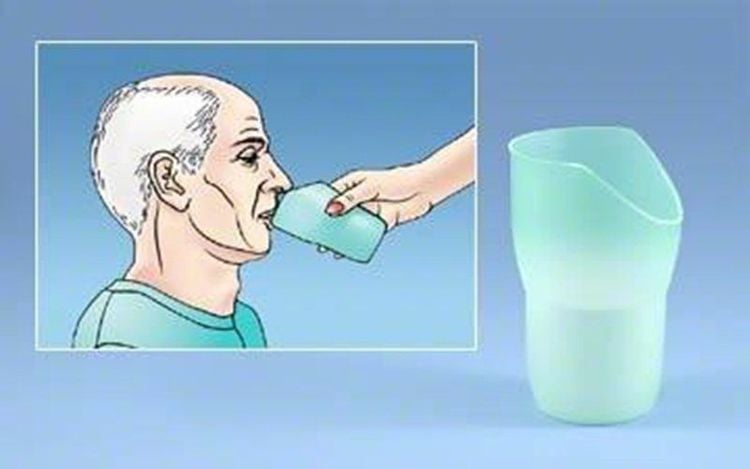
Cốc uống nước khuyết mũi (Nguồn: brucemedical.com)
3.4 Rehabilitation for bowel and bladder disorders Patients can do perineal strengthening exercises, Biofeed-back exercises to control sphincter mobility, or use electrical measures. Therapeutic stimulation pulses to improve movement, sensation and coordination of bladder-urethral sphincter, rectal sensation and stool excretion
3.5 Physiotherapy Electrotherapy: Methods of electrical impulses to stimulate muscles to increase the activity of weak, paralyzed muscles, improve muscle atrophy, or pain-reducing pulse currents are very valuable in patients with traumatic brain injury. Heat treatment: such as paraffin, infrared light, ultrasound treatment, short wave... are often used in patients with joint pain, with the effect of reducing spasticity, pain relief, and enhancing muscle nutrition. Although very effective, these measures cannot be used in patients with sensory disturbances, cognitive disorders, and perceptual disturbances. Hydrotherapy: has the effect of enhancing circulation, reducing muscle spasticity, and increasing muscle strength in patients with traumatic brain injury. Vinmec International General Hospital is one of the hospitals that not only ensures professional quality with a team of leading doctors, modern equipment and technology, but also stands out for its examination and consulting services. and comprehensive, professional medical treatment; civilized, polite, safe and sterile medical examination and treatment space.
Customers can directly go to Vinmec Health system nationwide to visit or contact the hotline here for support.






